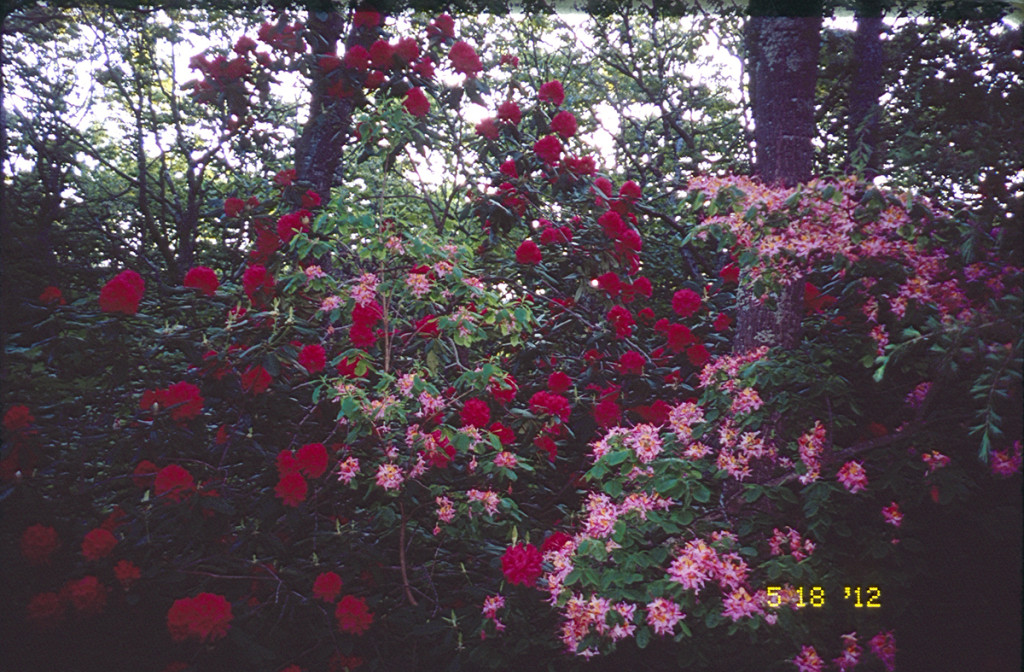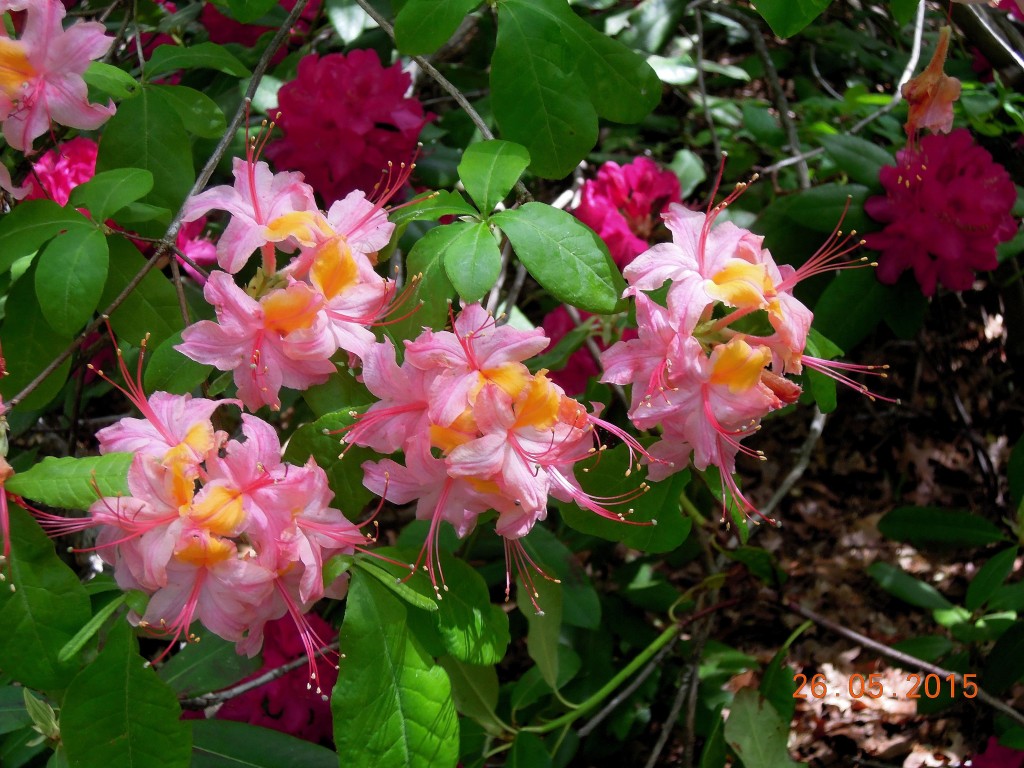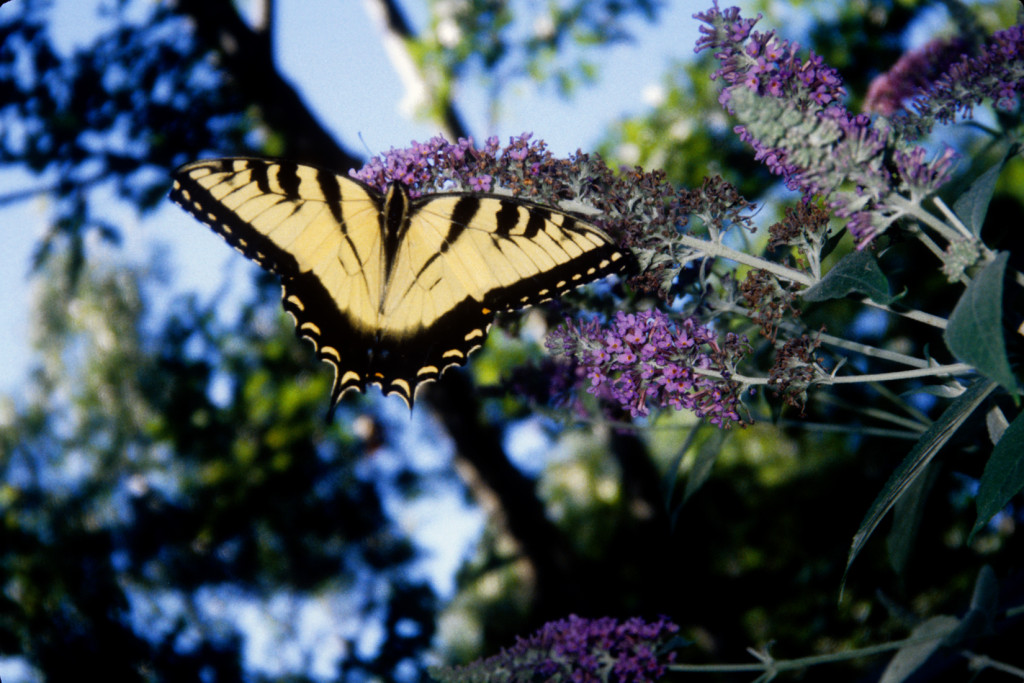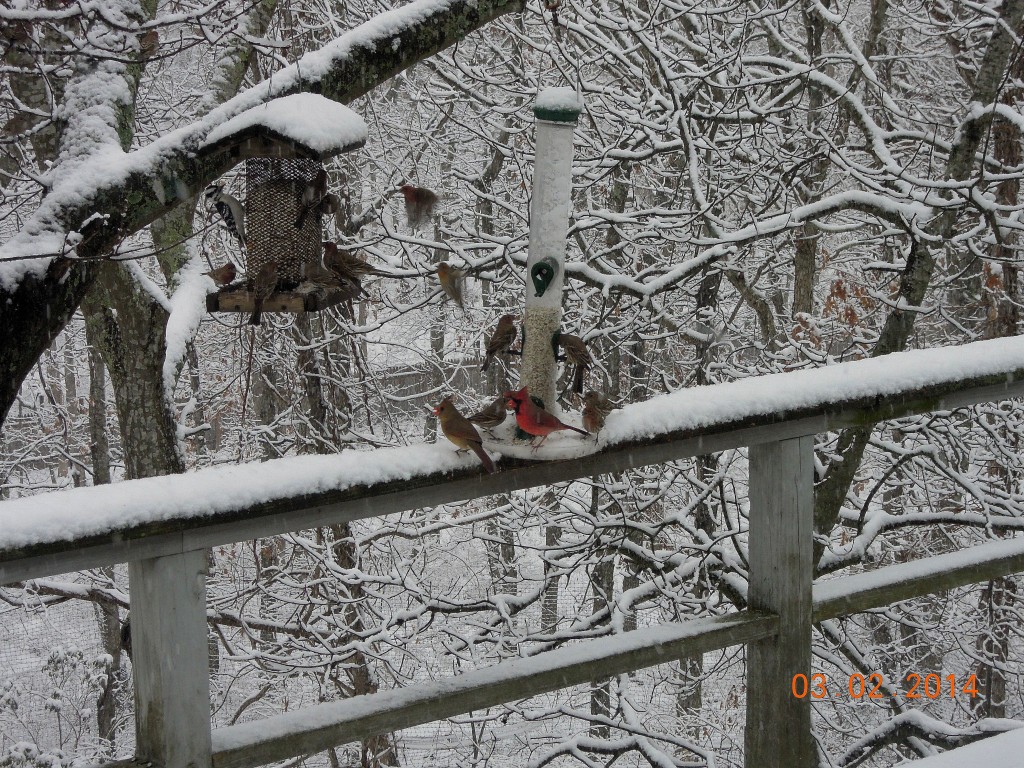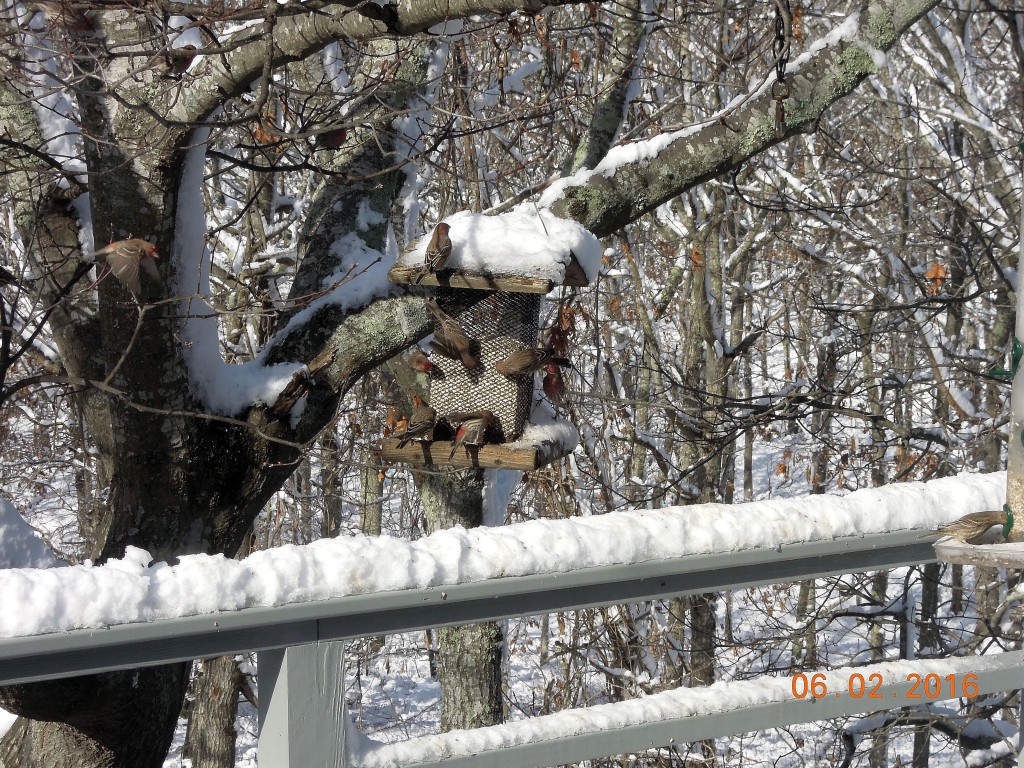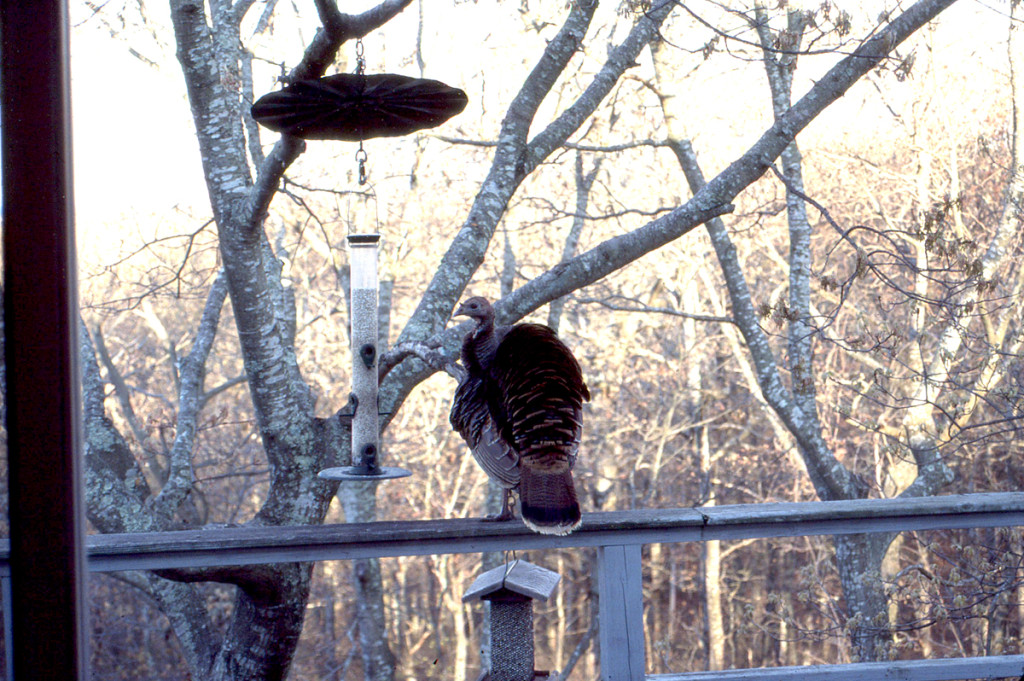The frantic media chatter over this month’s South Carolina Primaries brought to mind my sweet South Carolina connection, the lovely azalea, Rhododendron ‘Keowee Sunset’. About fifteen years ago, I planted Keowee as a companion to the red-flowered Rhododendron ‘America’ — a Dutch hybrid import — and they grew together and flourished.
My garden is a colorful mix of native and non-native trees, shrubs, perennials and annuals, supporting a wide range of wildlife, including birds, bees and butterflies. Yet the native-only-gang (hereafter nog) insist that only native plants can support wildlife in general and pollinators in particular.
Recently, this assertion was proven groundless. A Royal Horticultural Society’s multi-year, controlled scientific trial/study concluded what we home gardeners know from personal experience: Diversity of plant origin — flowering plants from different countries and regions — is a strength, not a weakness, in supporting pollinating insects in gardens.
The nog are guilty of the Sharpshooter Fallacy: They shoot first and draw the bulls-eye after. First they reach a conclusion and then chase after something or anything to support it.
Consider the arguments put forward by a leading nog spokesman, Douglas Tallamy, a professor at the University of Delaware. He would like to ban non-natives and fill gardens with native oaks because they support 557 species of caterpillars — and some caterpillars provide food for some birds.
Responding to the worry that all those caterpillars will defoliate trees, he pointed to an experiment he conducted with a white oak in his garden: “I counted 410 caterpillars, of 19 different species, just walking around this oak for half an hour one July day last summer,” he said. “It wasn’t defoliated. You couldn’t see the holes.”
HUH????
It simply belies reason that 410 caterpillars caused no damage. Gypsy moth and Cankerworm caterpillars defoliated and killed six of my large oaks, and severely damaged many other plants, including the Japanese Maples. This has been the common experience of gardeners in my area. The nog can’t have it both ways. The more caterpillars you have, the more they chomp. That’s a given.
Furthermore, Tallamy also contends that while non-natives may provide nectar for butterflies, their leaves are unpalatable to caterpillars. I guess the butterflies cut class and missed that lecture. In my garden, the Tiger Swallowtail Butterfly caterpillars love eating ornamental Japanese Cherry Tree foliage. And when they mature, the butterflies flock to non-native Buddleia (Butterfly Bush). (Photo below.)
The RHS trials, my own garden experience, and the hands-on experience of other gardeners, provide ample proof that bees, butterflies and birds don’t discriminate against non-natives. And while I share Tallamy’s concern for bird survival, perhaps maintaining bird feeders in winter — when there are no berries, fruit or insects available — is a better way to go. The birds think so.
All the birds.
But I believe in live and let live. As long as wildlife is not endangered by the use of toxic pesticides and chemicals, everyone is entitled to have the garden of their dreams. Tallamy and the nog with natives-only, me with a generous native\international mix. Each to his\her own.
